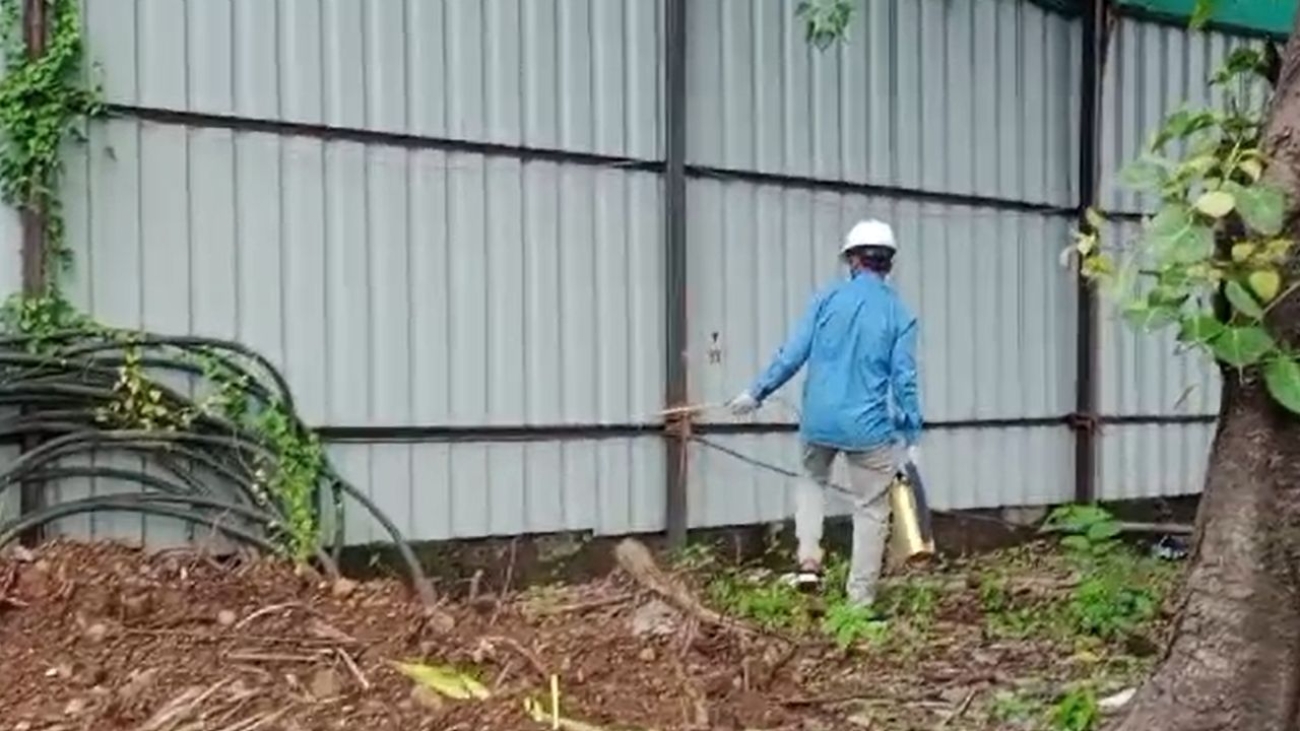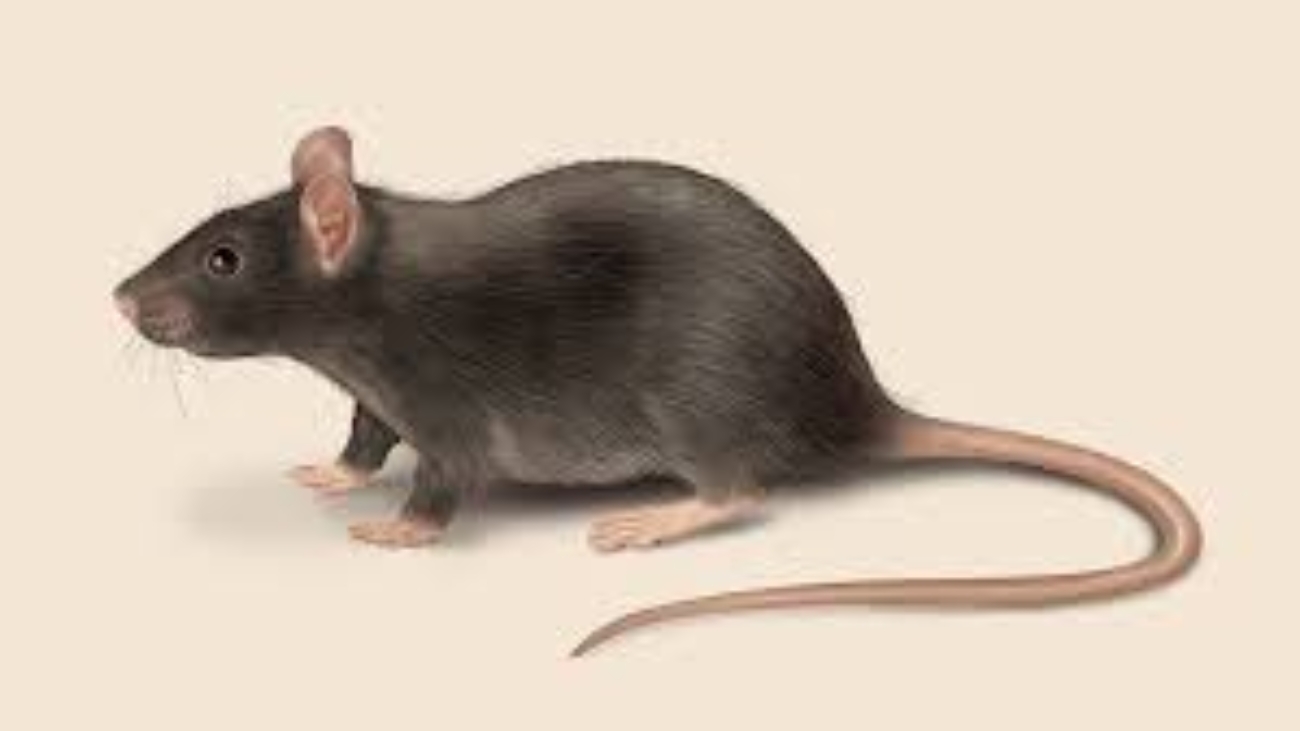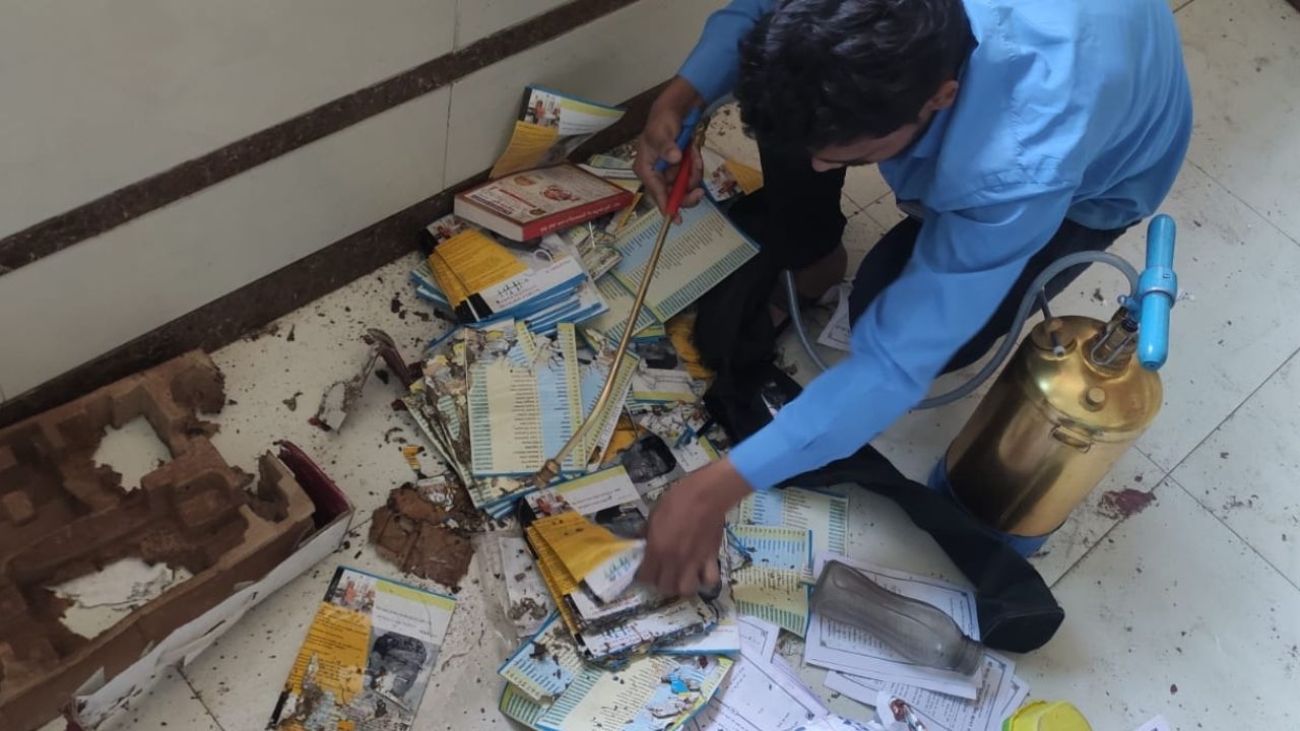Termites, often called the “silent destroyers,” can cause significant damage to homes and structures without immediate detection. These pests feed on wood and can compromise the structural integrity of a building over time. This comprehensive guide will cover everything you need to know about termites, including their behavior, signs of infestation, and effective treatment methods. With the help of Super Pest Control, you can protect your home from these destructive pests.
Understanding Termites
What Are Termites?
Termites are small, social insects that live in colonies. They feed primarily on cellulose, a component found in wood, paper, and other plant materials. The most common types of termites include:
- Subterranean Termites: Live in underground colonies and build mud tubes to access food sources above ground.
- Drywood Termites: Infest dry wood and do not require contact with soil.
- Dampwood Termites: Prefer wood with high moisture content and are less common in structures.
Termite Colony Structure
Termite colonies are highly organized and consist of three primary castes:
- Workers: The most numerous caste, responsible for gathering food and maintaining the nest.
- Soldiers: Defend the colony from predators, primarily ants.
- Reproductives: Include the king and queen, responsible for reproduction and colony growth.
Signs of Termite Infestation
Mud Tubes
Subterranean termites build mud tubes to travel between their colony and food sources. These tubes are usually found on walls, foundations, and other structures.
Wood Damage
Termites consume wood from the inside out, leaving a thin veneer of wood or paint. Damaged wood may sound hollow when tapped.
Frass
Drywood termites produce frass, a pellet-like excrement, which can accumulate near infested areas.
Swarmers
Reproductive termites, or swarmers, emerge in large numbers to mate and establish new colonies. The presence of discarded wings near windows or doors is a sign of termite activity.
Blistering or Bubbling Paint
Paint or wallpaper that appears blistered or bubbled may indicate termites feeding on the wood beneath.
Effective Solutions to Eliminate Termites
Inspection and Identification
The first step in termite control is a thorough inspection. Super Pest Control’s certified professionals use advanced tools to detect termites, assess the extent of the infestation, and identify the species involved.
Chemical Treatments
- Liquid Termiticides: Applied to the soil around a structure, creating a barrier that termites cannot cross.
- Termite Baits: Stations containing a slow-acting toxin are placed around the property. Termites carry the bait back to the colony, where it is shared, ultimately eliminating the colony.
Non-Chemical Treatments
- Heat Treatment: Involves raising the temperature in infested areas to levels lethal to termites.
- Electrocution: Uses electric current to kill termites within wood.
- Microwave Treatment: Targets termites with microwave energy, killing them in their nests.
Integrated Pest Management (IPM)
Super Pest Control employs Integrated Pest Management (IPM) strategies to provide long-term solutions. IPM includes monitoring, preventive measures, and targeted treatments to manage termite populations effectively.
Prevention Tips
Reduce Moisture
Termites are attracted to moisture. Reduce moisture levels by:
- Fixing leaky pipes and faucets.
- Ensuring proper drainage around your home.
- Using dehumidifiers in damp areas.
Seal Entry Points
Seal cracks and crevices in your home’s foundation and exterior walls to prevent termites from entering.
Maintain Distance Between Wood and Soil
Keep wood, including firewood and lumber, away from the soil. Store it off the ground and away from your home.
Regular Inspections
Schedule regular termite inspections with Super Pest Control to detect and address termite activity early.
The Role of Professional Pest Control
Expertise and Knowledge
Professional pest control companies like Super Pest Control have the expertise and knowledge to identify termite species, assess infestations, and recommend effective treatment plans.
Advanced Tools and Techniques
Professionals use advanced tools and techniques that are not available to the general public, ensuring thorough and effective termite control.
Comprehensive Treatment Plans
Super Pest Control offers comprehensive treatment plans that address the root of the problem and prevent future infestations.
Super Pest Control’s Approach
At Super Pest Control, we provide a multi-faceted approach to termite control:
- Detailed Inspection: Our certified professionals conduct a thorough inspection to identify the type and extent of the infestation.
- Customized Treatment Plan: Based on the inspection, we develop a customized treatment plan that may include chemical treatments, non-chemical treatments, or a combination of both.
- Ongoing Monitoring and Prevention: After the initial treatment, we offer ongoing monitoring and preventive measures to ensure long-term protection against termites.






